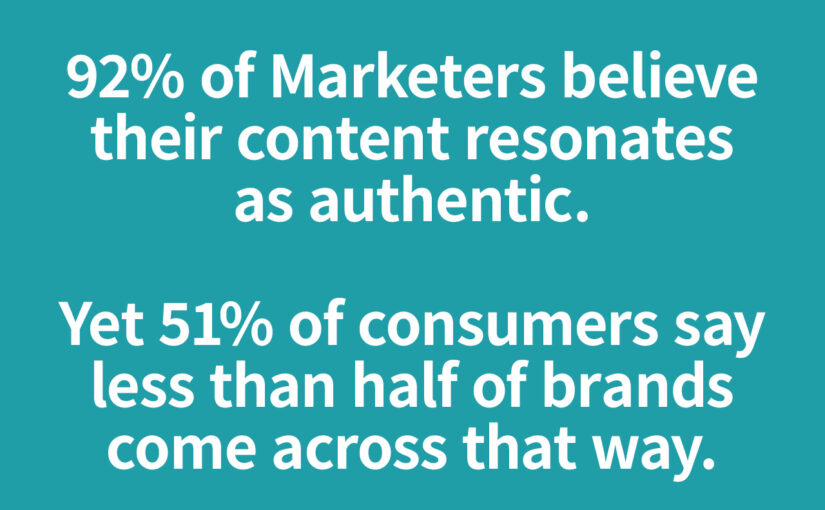Preface: Who This Is (and Isn’t) For
If you’re running a luxury fashion brand or launching a premium interior design label, then yes—your audience likely expects visual excellence. For certain brands, high production value is part of the trust signal. Perfection reinforces prestige.
But for most businesses—startups, educators, consultants, tech teams, and even financial services firms—what matters most isn’t cinematic polish. It’s credibility, clarity, and connection.
In fact, in sectors like banking, asset management, and insurance, you might feel pressure to outsource every video to a production company. But here’s the truth:
You don’t need a full video crew to sound professional.
You don’t need a soundstage to deliver value.
You just need to show up—clearly, confidently, and consistently.
Not every video needs to be a glossy campaign.
A market update. A leadership message. A short explainer. These can all be effective—even powerful—if they’re clear, well-paced, and human.
If your brand relies more on trust and expertise than glamour and exclusivity, this post is for you.
1. The Fear of Not Being “Good Enough”
One of the most common reasons businesses delay video is this:
“We’re not ready.”
“It doesn’t look polished enough.”
“We’ll do it after we get a better camera… lighting… location…”
And then weeks go by. Months. Sometimes years.
Meanwhile, your audience is still out there—looking for someone to trust.
In the pursuit of perfect, you may be missing your moment to connect.
2. What Viewers Actually Value
A Google and YouTube study revealed that 84% of viewers say audio quality is more important than video quality.¹
That may seem surprising at first, but it makes sense:
People are more forgiving of a slightly grainy image than they are of muffled or echoey audio.
Good audio + clear message = credible presence.
If you can be heard clearly and your message is helpful, you’re already ahead of most of your competitors.
3. Authenticity Over Perfection
In a 2019 survey by Stackla, 90% of consumers said authenticity is important when choosing which brands they support—up from 86% in 2017.
Marketers seem to agree: 83% say authenticity is very important to their brand.²
But here’s the catch:
- 92% of marketers believe their content resonates as authentic
- Yet 51% of consumers say less than half of brands come across that way²
This matters—because your audience isn’t asking for perfection.
They’re asking for something that feels real. Something they can trust.
And here’s the key: Authenticity is not what you say it is. It’s what your viewers feel.
Even if you believe you’re being 100% genuine, that doesn’t always translate.
The camera has a way of amplifying awkwardness, hesitation, or over-rehearsed delivery—and your viewers pick up on that instantly.
That’s why presentation style, tone, and delivery are just as important as your message. The good news? With a few simple shifts, you can come across more naturally—without changing who you are.
4. How to Make Your Videos Feel More Authentic
Here’s how to shift the focus from “perfect” to “honest”—without sacrificing credibility:
• Speak like a person, not a press release.
Talk like you would in a real client meeting. Ditch the jargon.
• Avoid writing a full script.
After many years of filming people in corporate environments, I’ve learned something important:
Most people are not trained presenters. They aren’t newscasters or actors.
When people try to memorize a script—or read from a teleprompter—they tend to sound stiff, wooden, or unnatural.
Instead, I recommend:
- Know your subject deeply
- Use bullet points to guide your structure
- Speak naturally from there
You’ll sound more confident, more human, and far more trustworthy.
• Show your process, not just the polished result.
A behind-the-scenes glimpse, a screen share, or a quick walk-through can feel more real than an overproduced explainer.
• Let the video breathe.
Don’t overedit out every pause or breath. That’s part of being human.
• Look into the camera.
Eye contact—even through a lens—helps build trust.
5. Why Over-Polishing Can Backfire
We sometimes forget: highly produced videos can feel less trustworthy—especially when your audience knows you’re a small team or solo expert.
It’s like showing up to a coffee meeting in a tuxedo.
It doesn’t feel right—and people notice.
Too much polish can create distance.
And in some cases, it actually undermines the relatability and connection you’re trying to build.
6. A Better Goal: Consistent, Credible, Human
Instead of chasing perfection, aim for this:
- Be consistent. Show up regularly.
- Be credible. Speak clearly and stick to what you know.
- Be human. Don’t edit out your personality.
Think of video not as a performance, but as a conversation.
That shift alone will take the pressure off—and increase engagement.
Final Thought
Your video doesn’t need to be perfect.
It needs to be clear, honest, and present.
Let go of “flawless.”
Lean into “real.”
Because your brand isn’t built by visuals—it’s built by how you show up.
In case you missed it:
If you’re wondering what kind of microphone to use to sound more professional, I shared good/better/best recommendations for different setups in a previous post.
Appendix:
¹ Source: Google/YouTube study cited in Think with Google
² Source: Stackla Consumer Content Report, 2019. Survey no longer available online; figures widely cited.

